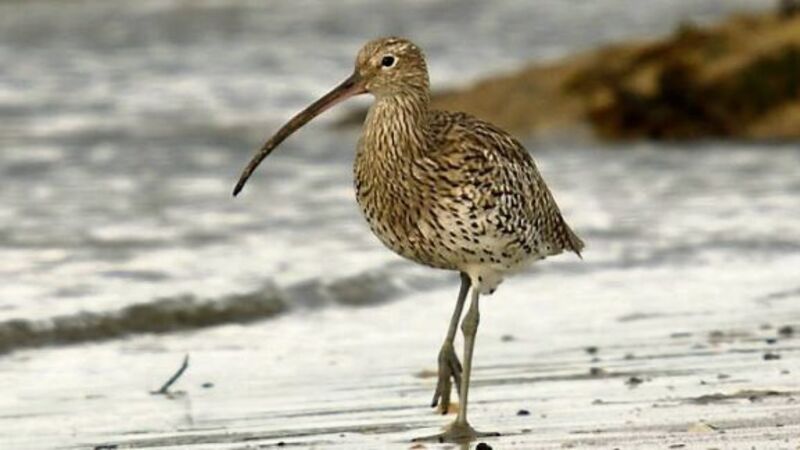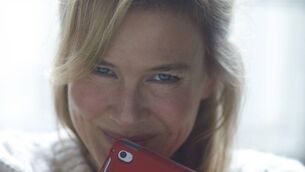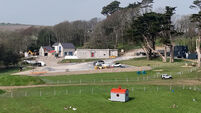Wetland habitats restored

The curlew, with its long, bending beak and lonesome cry, has been declining for decades. The skylark, which we recall as a songbird that would almost suspend itself in the air over a turf bank, has been suffering the same fate.
Experts believe their situation is due to loss of habitat, caused mainly by bog drainage, land reclamation and forestry. But there are hopes the population of these and other endangered bird species can be increased. Coillte, for instance, has a major project to restore 685 hectares of wetland habitat.













